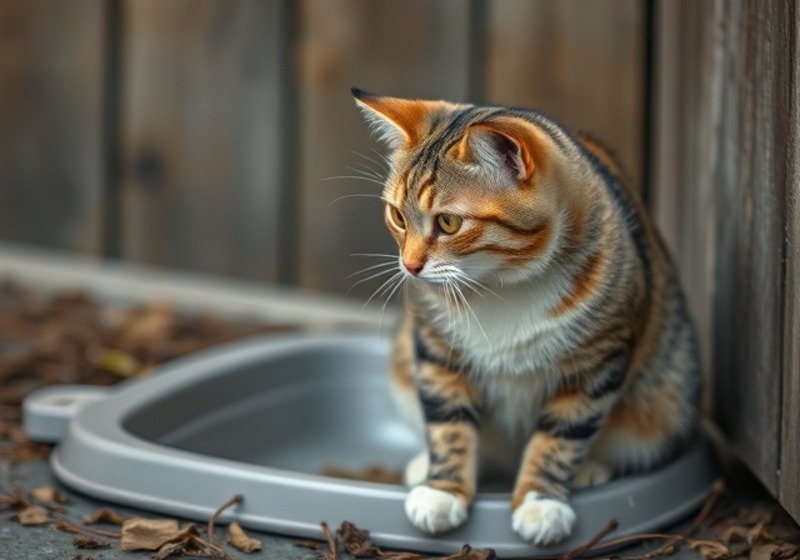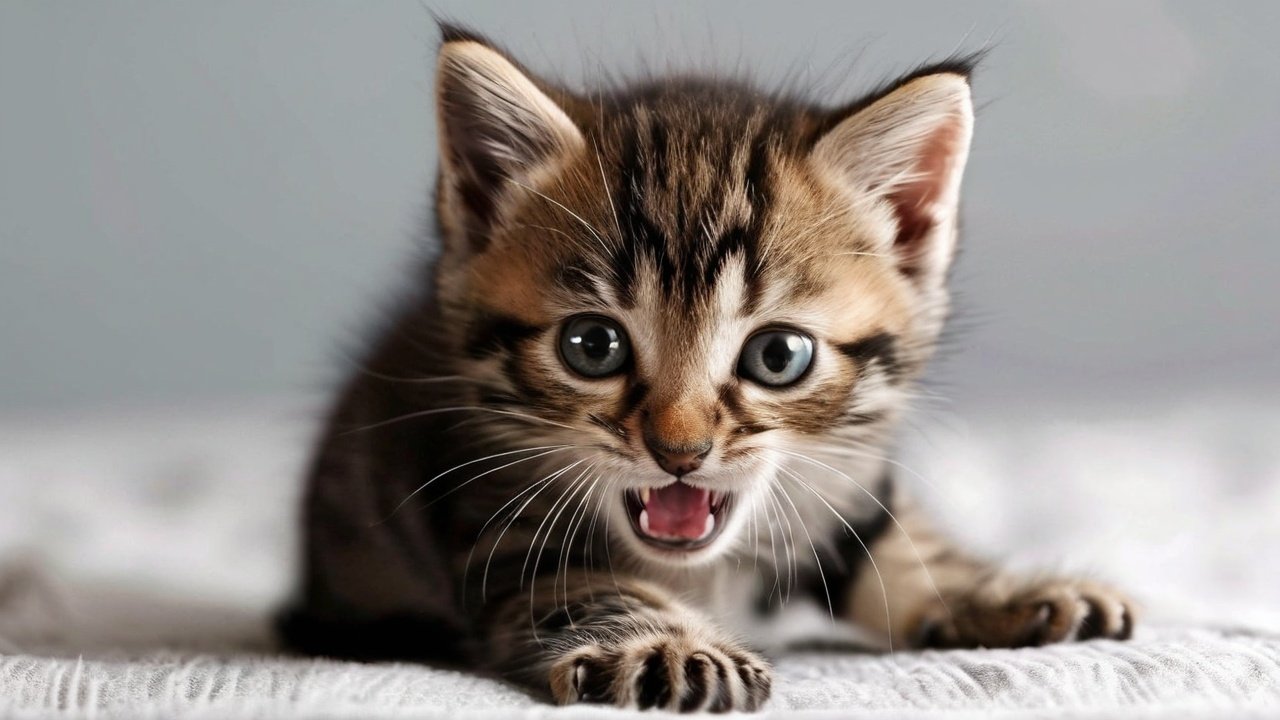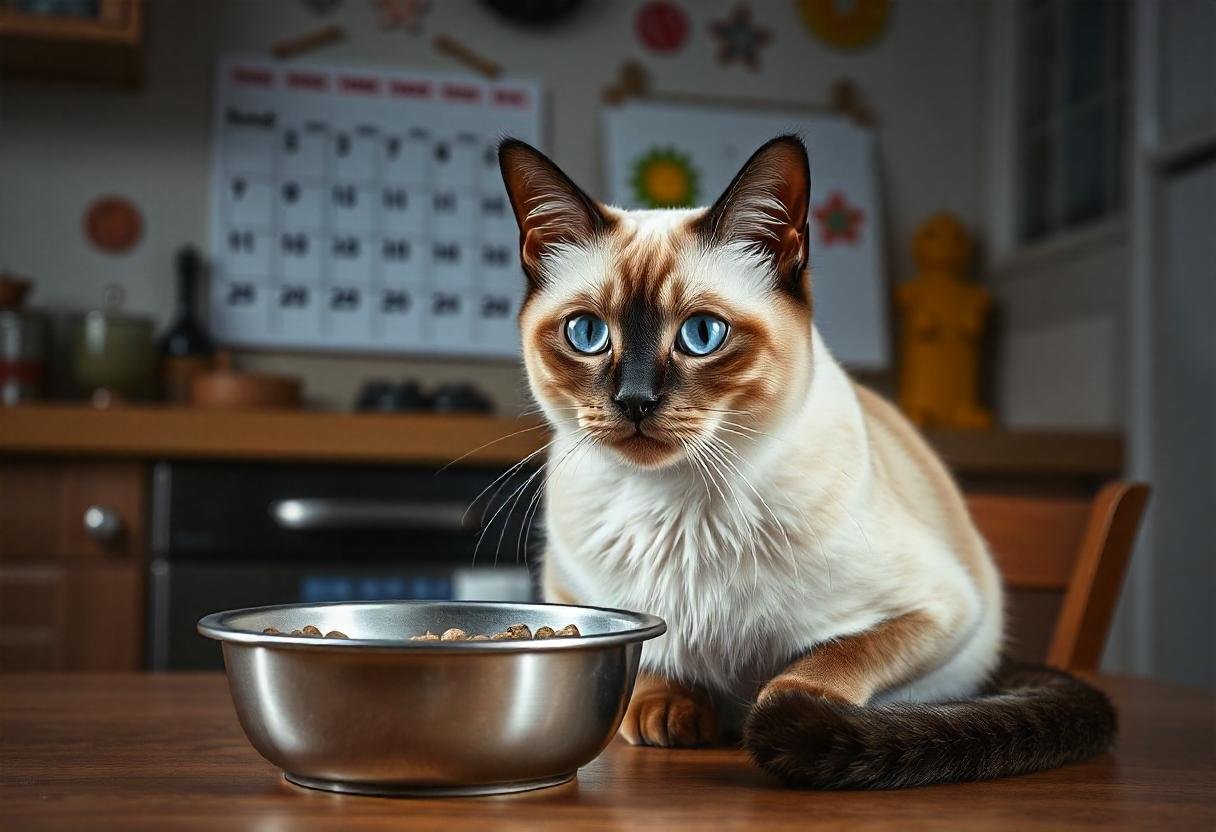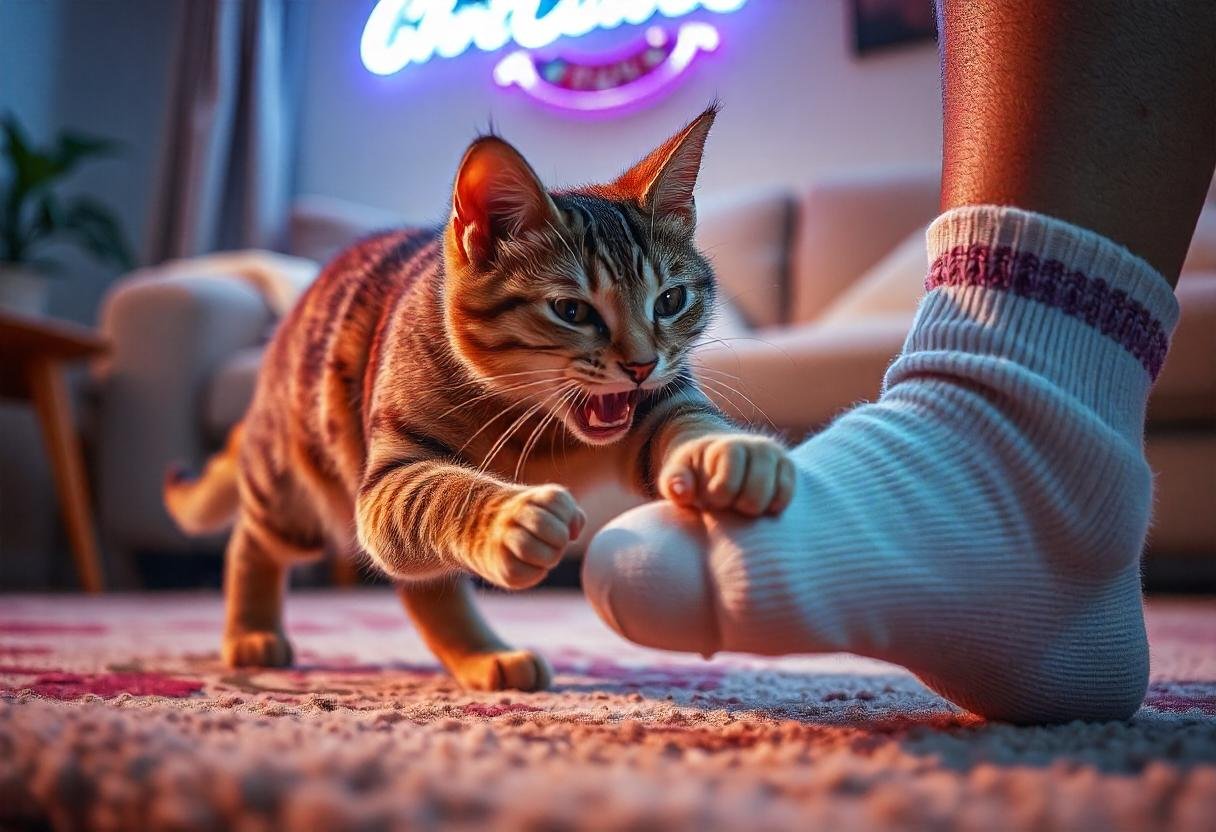Every cat owner knows the importance of a clean and inviting litter box. It’s the cornerstone of a happy and healthy feline companion. But what happens when your normally well-trained cat starts peeing outside the litter box? It’s a situation that can make even the most experienced cat owner nervous. The real worry comes when there’s no obvious reason for this change in behavior.
Understanding the Complexities of a Cat’s Bathroom Habits
Cats, unlike dogs, are meticulous about their bathroom habits. They have specific preferences when it comes to litter box cleanliness, location, and even the type of litter used. A change in their toileting habits can often be a sign of something amiss, and it’s important to understand the possible reasons behind this behavior to address it effectively.
A Case Study: Luna’s Rebellion
Luna, a 3-year-old Siamese cat, was normally a model litter box user. Her owner, Sarah, describes Luna’s bathroom habits as “meticulously consistent.”
“Luna always used her litter box without a problem,” Sarah says. “She’d even bury her business, just like a good kitty should.”
But one day, Sarah noticed that Luna had started peeing outside the litter box, leaving small puddles on the bathroom floor. “I was baffled,” Sarah says. “Luna had never done this before, and she didn’t seem sick or stressed. It was a complete mystery.”
Why Does My Cat Pee Outside the Litter Box?
While there are many reasons why a cat might start peeing outside the litter box, some common culprits include:
- Litter Box Cleanliness: Cats are fastidious creatures and prefer a clean litter box. If the litter box is not cleaned regularly, they may find it unappealing and choose to urinate elsewhere.
A Case Study: Whiskers’ Disdain for a Dirty Litter Box
Whiskers, a 5-year-old Maine Coon, was a notoriously picky cat when it came to his litter box. His owner, David, describes Whiskers as “a bit of a neat freak.”
“Whiskers always used his litter box, but only if it was spotless,” David says. “He’d refuse to go near it if it was even slightly dirty. I had to scoop his litter box several times a day to keep him happy.”
- Litter Box Location: The location of the litter box is crucial. Cats may prefer a quiet, private area away from high-traffic areas, noise, or other distractions.
A Case Study: Oliver’s Preference for Privacy
Oliver, a 4-year-old Persian cat, was always particular about the location of his litter box. His owner, Jessica, describes Oliver’s preferences as “a bit dramatic.”
“Oliver’s litter box was in the bathroom,” Jessica says. “But he refused to use it because he thought it was too noisy. He preferred to go in a quieter corner of the house, even though it was inconvenient for me.”
- Litter Type: Cats have preferences when it comes to litter type. Some cats prefer a certain texture, while others might be sensitive to the scent or dust of certain litters.
A Case Study: Luna’s Litter Sensitivity
Luna, the Siamese cat mentioned earlier, started peeing outside the litter box after Sarah switched to a new type of litter. Sarah describes the change as “a simple but significant mistake.”
“I decided to switch to a cheaper brand of litter, thinking it would be a good deal,” Sarah says. “But Luna was incredibly sensitive to the scent and texture of the new litter. She refused to use the box and started peeing on the floor instead.”
- Medical Conditions: Urinary tract infections, kidney disease, and other medical conditions can lead to increased urination frequency, urgency, or difficulty urinating, leading to accidents outside the litter box.
A Case Study: Whiskers’ Urinary Tract Infection
Whiskers, the Maine Coon cat, began peeing outside the litter box, but he was also showing other signs of illness, such as lethargy, decreased appetite, and frequent urination. His owner, David, took him to the vet, and Whiskers was diagnosed with a urinary tract infection.
- Stress and Anxiety: Stress and anxiety can also lead to changes in a cat’s toileting habits. This can be caused by changes in the environment, such as a new pet, a move, or even a change in routine. Cats might experience stress due to illness, changes in their family dynamic, or even changes in their daily routine.
A Case Study: Oliver’s Stressful Move
Oliver, the Persian cat, began peeing outside the litter box after Jessica moved to a new apartment. Jessica describes the change as “a stressful transition.”
“Oliver was very attached to his old home,” Jessica says. “He was stressed about the move and started peeing outside his litter box. It took a few weeks for him to adjust and start using the box again.”
- Territorial Marking: Male cats, especially unneutered males, may spray urine outside the litter box as a way to mark their territory.
How to Address Litter Box Problems
- Rule Out Medical Conditions: If your cat is suddenly having accidents, it’s essential to rule out any underlying medical conditions. Schedule a veterinary appointment to have your cat checked out.
- Cleanliness Is Key: Make sure to clean your cat’s litter box regularly, ideally at least once a day. Scope out any clumps or solid waste, and replace the litter completely every 1-2 weeks, depending on the type of litter.
- Location, Location, Location: Ensure that the litter box is located in a quiet, private area away from high-traffic areas, noise, or other distractions. The litter box should be accessible and easy for your cat to get to.
- Litter Experimentation: If your cat is sensitive to the litter type, experiment with different litters until you find one they like. Consider trying different textures, scents, and dust levels.
- Address Stress and Anxiety: If stress or anxiety is the culprit, the veterinarian might recommend environmental enrichment, calming pheromone diffusers or sprays, or behavioral modification techniques.
A Case Study: The Power of Patience and Consistency
Oliver, the Persian cat who was stressed about the move, eventually settled down and started using his litter box again after a few weeks. Jessica made sure to create a consistent routine for Oliver, including feeding him at the same time each day, providing him with regular playtime, and offering him a comfortable, quiet place to sleep. She also started using a calming pheromone diffuser to help Oliver relax. These changes helped Oliver feel more secure in his new environment, reducing his stress and anxiety.
- Consider Multiple Litter Boxes: If you have multiple cats, make sure you have enough litter boxes for all of them, ideally one per cat plus one extra.
Conclusion:
A cat’s decision to urinate outside the litter box is usually a sign of distress or a need for change. By understanding the possible causes and following the above tips, you can help your cat regain their preferred toileting habits. Be patient, consistent, and don’t hesitate to consult a veterinarian if you notice any concerning changes in behavior. With time and understanding, you can create a happy and harmonious relationship with your feline companion, ensuring a clean and odor-free home for both of you.








